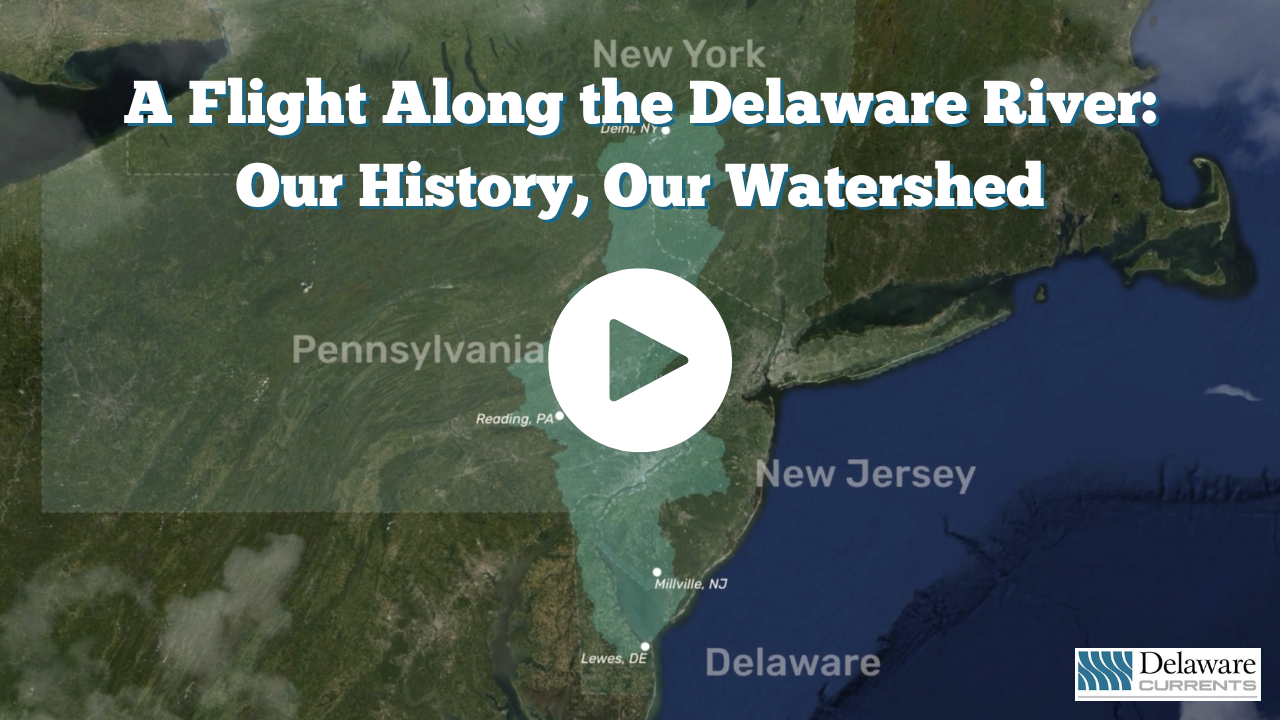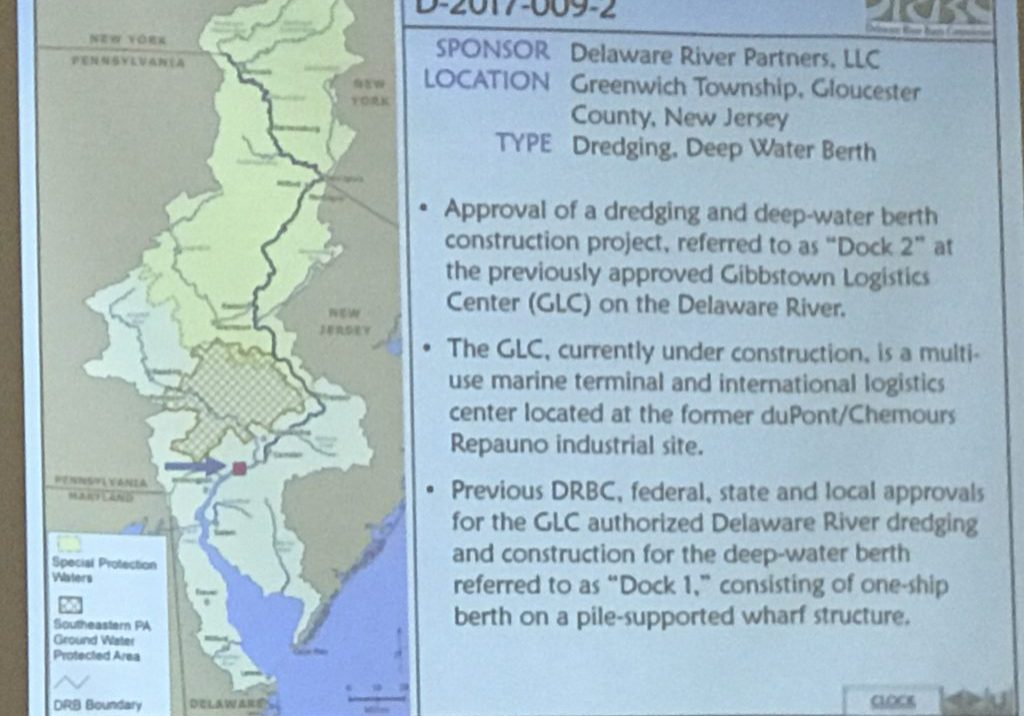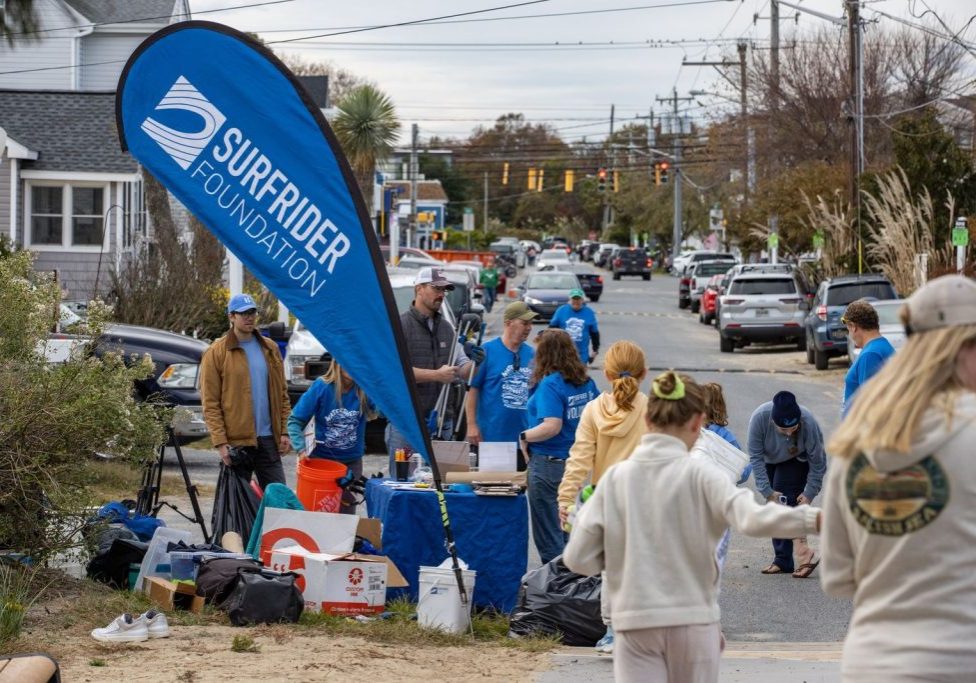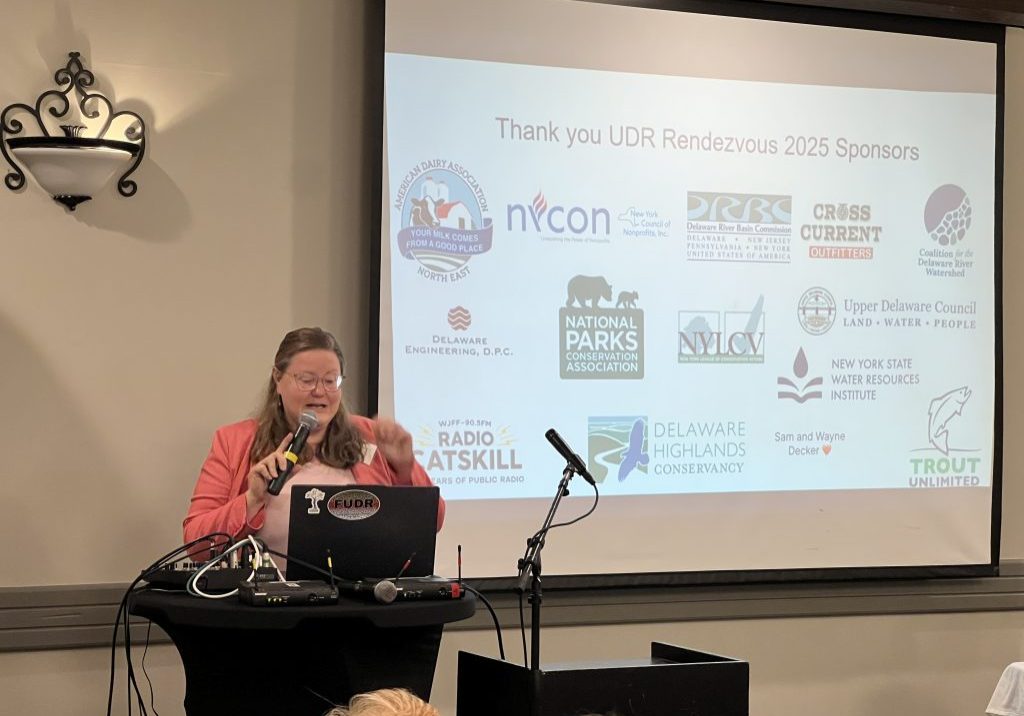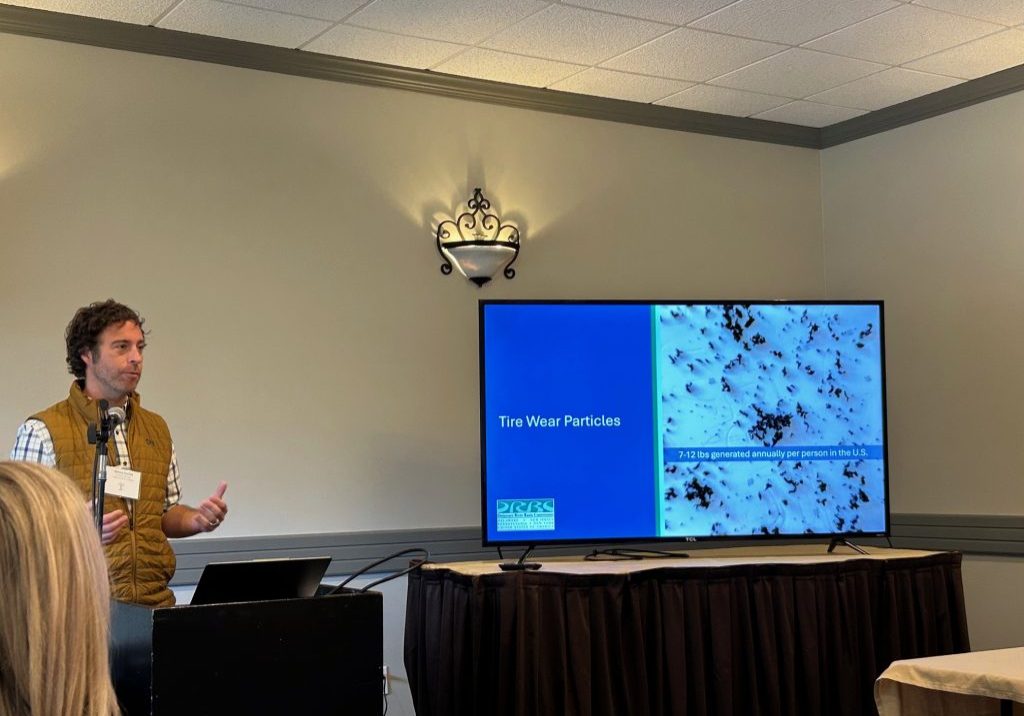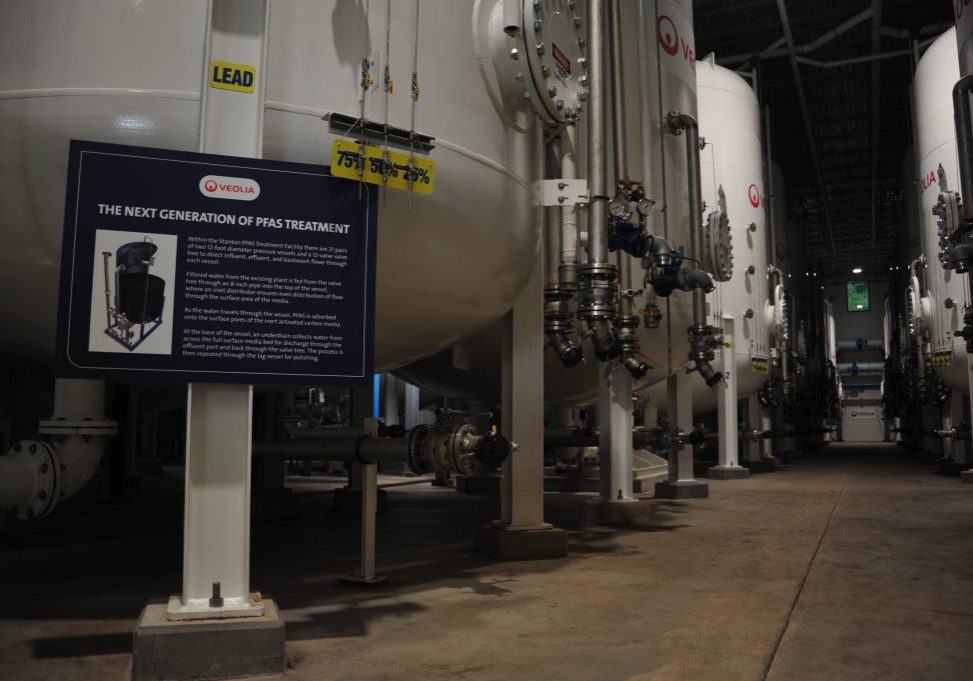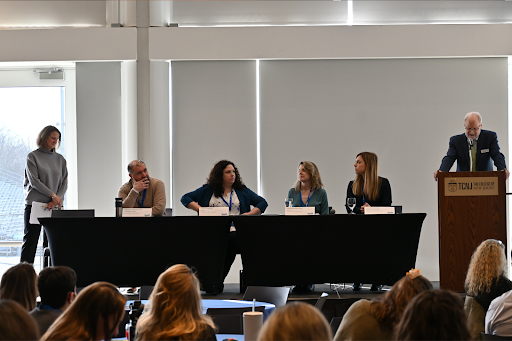
New Jersey Watershed Conference addresses flooding, climate change and resilience
| March 12, 2025
Editor’s note: Lake is a student at the College of New Jersey. You can read more about him in the note below this story.
“We have a flooding problem in New Jersey,” said Brooke Maslo, an associate professor and extension specialist in wildlife ecology at Rutgers University, at the recent New Jersey Watershed Conference.
Maslo’s panel — “Creating Flood Resilient Landscapes in New Jersey” — echoed the theme for the conference, “Resiliency through Restoration.”
The conference was held Feb. 21-22, with some of its events being hosted at The College of New Jersey in Ewing. The Watershed Institute, an advocacy organization based in Ewing, hosted the event with sessions and panels about New Jersey’s local water.
The two-day event gathered leading experts in the field of New Jersey’s water, and addressed the most pressing topics and how the state deals with its water-related issues.
Maslo’s panel included Thomas Flynn, an environmental specialist, floodplain administrator and FEMA-CRS coordinator for Woodbridge Township, and Brian Friedlich, managing engineer for One Water Consulting.
Blue Acres as a solution
Maslo explained how, in an effort to create resiliency against flooding in the state, the New Jersey Department of Environmental Protection created the Blue Acres program.
“There was a 2018 report from the Union of Concerned Scientists that estimated that in New Jersey about 25,000 properties are at risk of chronic flooding by 2035, and then, of course, that number skyrockets if you project out to 2100,” Maslo said.
“So, it’s a voluntary buyout program. Typically, you know, funding comes from federal sources,” Maslo said. “It’s transferred into the state, and then the state goes ahead and acquires flood-prone properties. They try to do that in clusters, so that you have sort of these nodes of resilience areas.”
The idea is to acquire areas that are prone or at risk to flooding, both historically and in the future, for the sake of strategically creating flooding resilience in key areas.
“Since its inception in 1995, DEP Blue Acres has worked to better protect public safety and the environment by relocating New Jersey families whose homes are subject to repeated flooding and acquiring property for use as natural flood storage, parks, and community open space,” reads the program’s page on the NJDEP website.
At the conference, attendees explored the resources offered at the gathering, with Day 1 being completely virtual, and Day 2 having the option of both virtual and in-person attendance.
Addressing stormwater
Another session was entitled “Consilience – A Multi-Disciplinary Approach for Holistically Improving Watersheds by Improving Cattle Ranch Performance.”
This session was headed by David Johnson, a research scientist and molecular biologist at David Johnson; Allen Williams, a farmer, research scientist and founding partner at Understanding Ag, the Soil Health Academy and Regenified; and Michael McGraw, a senior project manager at Princeton Hydro.
Johnson discussed the effect that bison have had on the development of soil and watersheds in North America, with their influence ranging from Alaska to Florida, New York, Mexico and Maine.
This is due to their grazing and trampling slowly creating 20-foot-deep carbon- and nutrient-rich soil profiles over time, which eventually lead to small ponds and mudflats that end up becoming a suitable habitat for aquatic life.
Johnson explained how their research showed that this form of grazing, as a direct result of the bison, led to a 40 percent increase in standing crop biomass and a 20 percent increase in soil and organic carbon.
Another session addressed the role of stormwater retrofits in the face of climate change. This session was led by Clay Emerson, a senior technical director and engineer for Princeton Hydro; Erin Bennett, a proposal and marketing manager for Princeton Hydro; and Chris Sotiro, policy and program coordinator at NJ Future.
Sotiro started the discussion by explaining how “in New Jersey, we have a lot of outdated and underperforming stormwater management tools that simply cannot keep up with our changing climate and need to be retrofitted.”
He talked about the need for stormwater infrastructure that is designed to deal with climate change, and uses filtration, infiltration and evapo-transportation to treat and soak up rainwater where it falls.
“Things like fertilizers, pesticides, oil and grease from cars, sediment, microplastics from tires, nitrogen phosphorus,” Sotiro said. “When these types of pollutants enter local lakes and act as nutrients for bacteria, that’s how harmful algal blooms form and degrade source water quality.”
He also explained how such infrastructure can deliver multiple environmental, social and economic benefits beyond just stormwater management alone, by protecting local areas from this kind of water pollution.
“They can raise property values in your area,” Sotiro explained. “And there’s also a whole other conversation about reducing the urban heat island effect, you know, cooling your municipality and local area.”
The conference was sponsored by: NJ American Water, the New Jersey Department of Environmental Protection, the Watershed Institute, Kleinfelder, Musconetcong Watershed Association, Princeton Hydro, One Water Consulting, the Nature Conservancy NJ and Sustainable Jersey.


